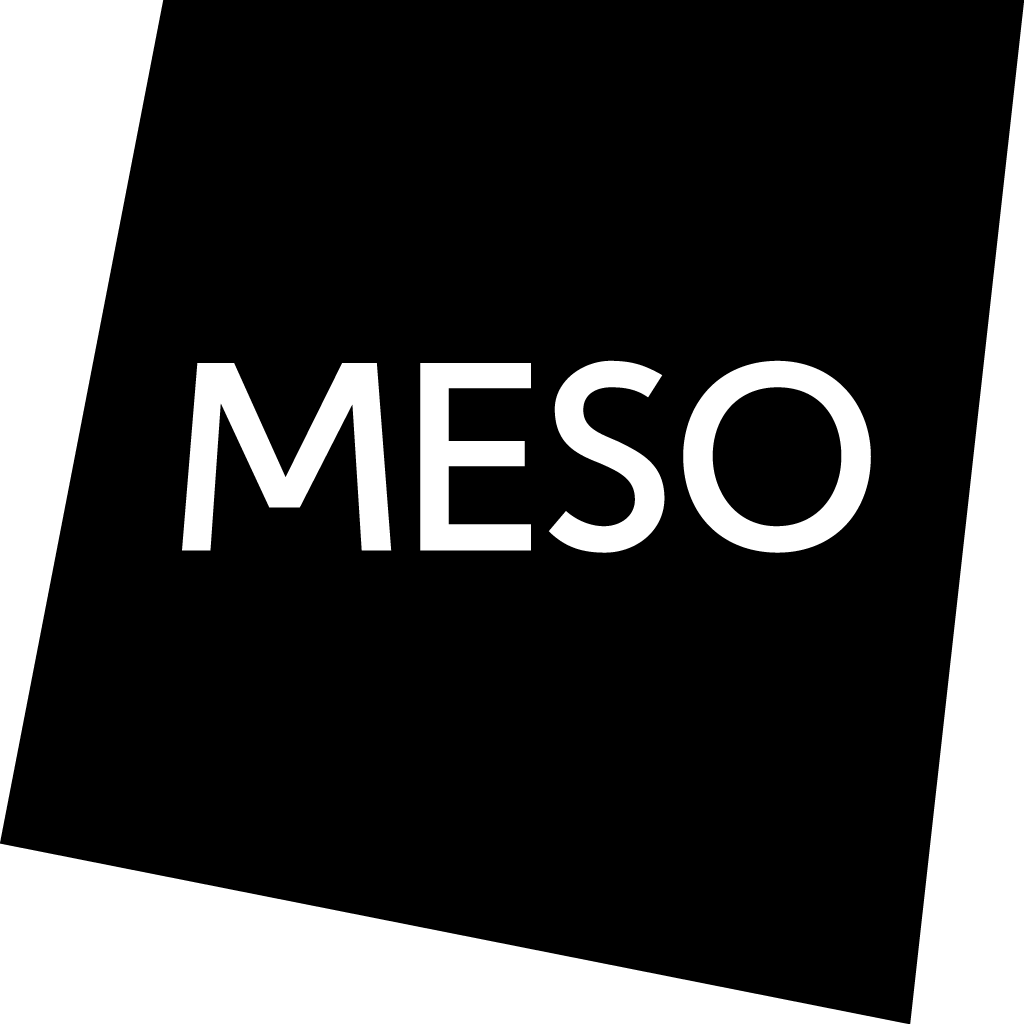Space of Communication Journal 02
- Project: Space of Communication Journal 02
- Date: June 2007 - July 2007
- Client: Städelschule – Staatliche Hochschule für Bildende Künste
- Location: Frankfurt
- Tasks: consulting, conception, design and programming
- http://soc-journal02.meso.net
Journal 2 for the Space of Communication (SoC) presents the public with a window to selected Internet resources that pertain to the project theme, the Space of Communication, in relation to the arts and architecture.
With the rise of computers, electronic media and, specifically, the Internet, the basic rules for communication and social relations have been altered. By-and-by, the economic impact of this is well known, but, paradoxically, we are in many ways only starting to unravel the deeper cultural changes and implications of this new space.
In architecture and the arts, the specific interest in the how the underlying technology affects our environment and lives dates back about half-a-century. In other words, remarkable archives of explorations and experiments exist. And yet, in both architecture and the arts there remain and emerge so many questions – not the least since the technology and the social formations around this are in constant development. Most of these questions centre on the problem of information flow, where ‘information’ is meant in the widest sense. This flow includes all forms of codes and messages, whether they are digital or analogue, whether they are supposed to mean something (like in our spoken languages and symbolic systems) or not (“noise”?). In fact, both art and architecture constitute information systems in their own right, and it is this space – whether first approached through technology or, on the other hand, architecture or the arts, that lies at the heart of the project, Space of Communication (SoC), and this journal.
Journal 2 is thus an edited and limited database to Internet-pages that directly or indirectly address these thematic interests of the project, the Space of Communication(SoC). The raison d’être for Journal 2 is two-fold. On one hand, there is a pressing need to address the communicational aspects of arts and architecture in light the relative maturity of digital and communication technologies. But, on the other hand, these technologies have been under development for the last half-a-century, and a massive amount of valuable and essential work in both the arts and architecture has been done and needs to be known.
For most Internet-users, these resources are not available by a few mouse-clicks, nor do they necessarily turn up in searches through Google or the like. The Städelschule Online Group and its associated partners comprise a valuable resource in this respect and present Journal 2 for the use and enjoyment to special interest groups and the public alike. After Journal 1, which presented the results of the initial navigation through and processing of massive amounts of ideas and information, SoC now presents its own “Reader’s Digest” of important Internet resources.
Journal 2 is conceived as an ongoing and evolving Internet resource. It has a two-fold structure:
First, it presents a list of Internet-addresses in select categories with short summaries for each site that allow the visitor to select links to follow according to his or her interests. But, second, it will provide a search engine based on key words that are “tagged” to each site-entry. The search engine uses the given database of tags to generate variable sub-collections of links. The journal’s “magic” rests with this meta-level internal search engine that has the capacity to produce novel combinations and links between the entries in the database.
Visitors to the site and the public in general are invited to send in new suggestions. A menu choice for this purpose can be found in the journal. Suggested sites will be reviewed by an editorial board for the journal and added to the database if found applicable to its nature and goals.
Frankfurt am Main, 11.07.2007.
